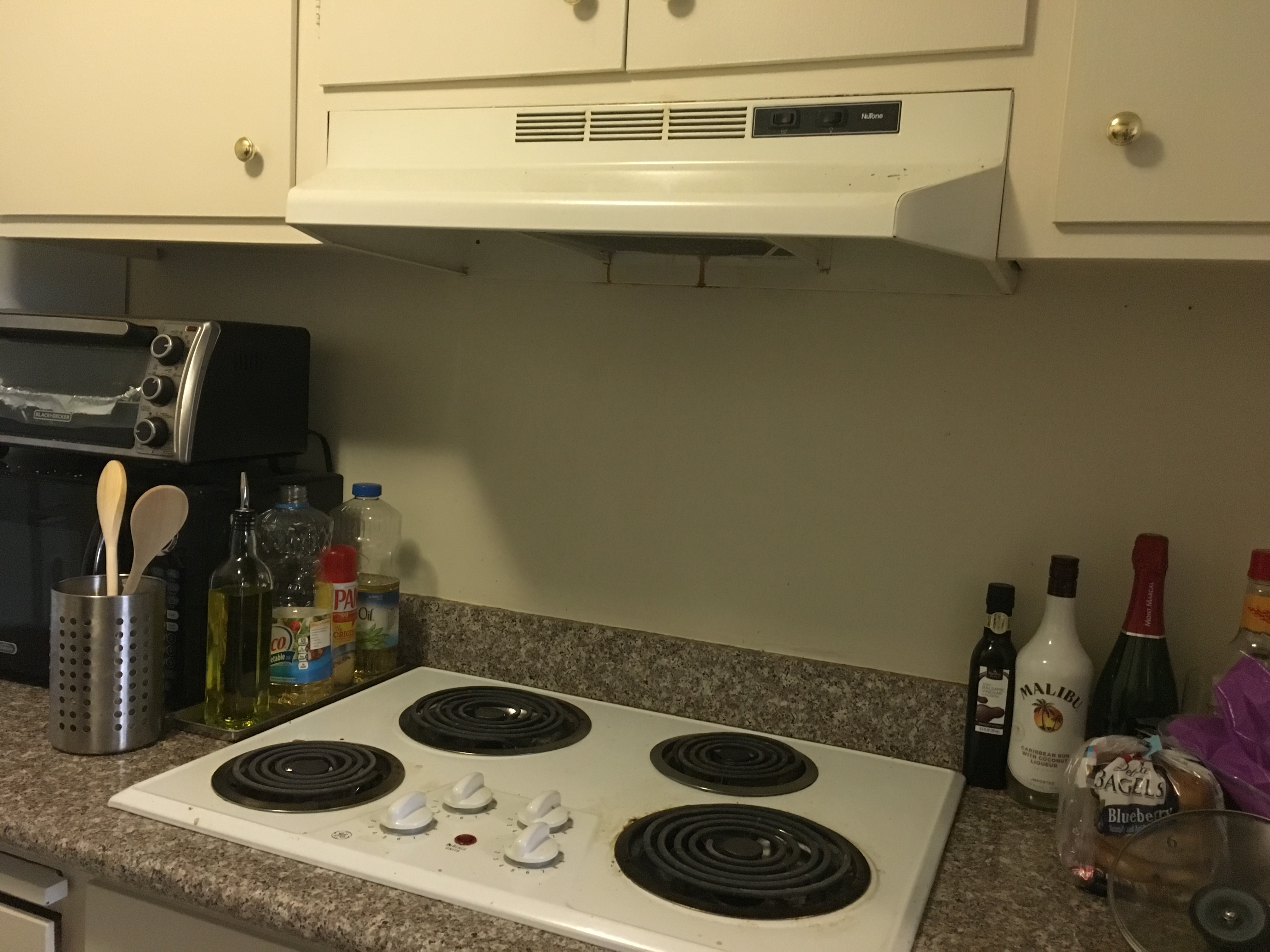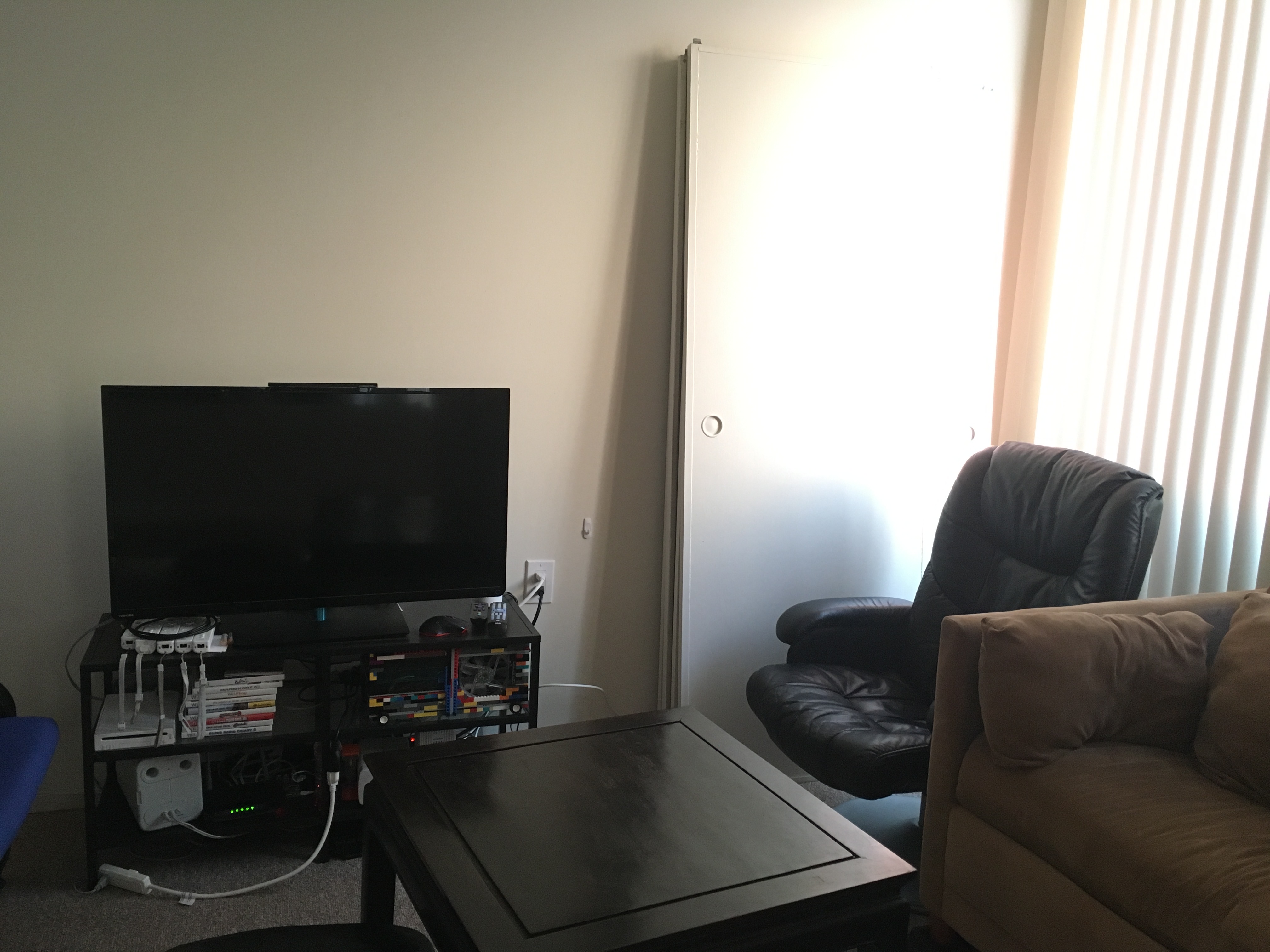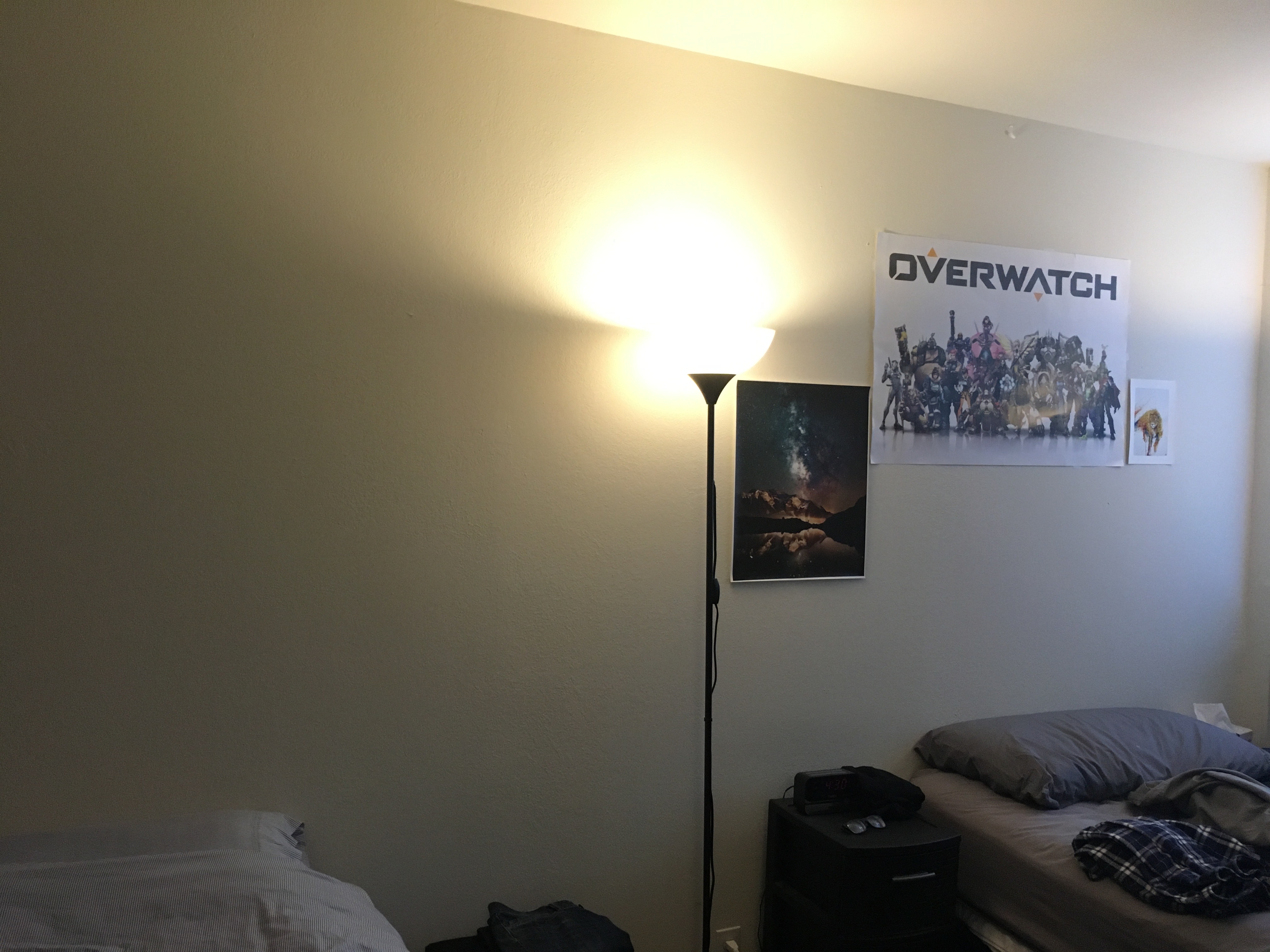Rectification
Let's say we want to rectify the following images:


As we can see, they were not taken head-on, and thus the rectangular objects in the image do not appear as rectangles. So, we can specify four corners of the rectangle (in the northern lights picture, I chose one of the panels to act as the rectangle). Then, we can specify some nearby coordinates that form a rectangle, and use our homography to project our image into that rectangle's plane, forcing the wall decorations to appear rectangular.










